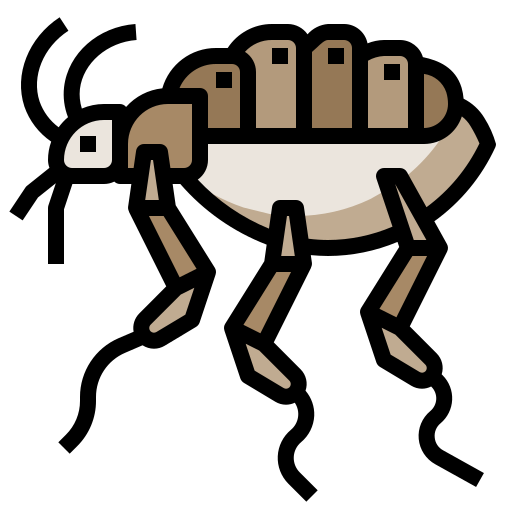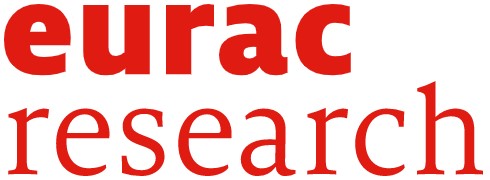Icons made by photo3idea_studio, Freepik, Smashicons, and phatplus
Scientific Program

Guidelines, Ethics, and Standards in Mummy Science
Mummy research requires common bioethical guidelines and standardized analytical procedures to protect and to preserve these important cultural heritages for future generations.

Conservation and Restoration of Mummies in Museums
The display and storage of mummies in a museum context needs to be accompanied by appropriate restoration and conservation techniques.

Physical Anthropology, Paleopathology, and Paleoradiology
Non-invasive techniques including CT imaging, 3D visualization and endoscopic analysis in mummies offer the unique opportunity to reconstruct the biological profiles and shed light on health conditions, disease, and customs of past populations.

Animal Mummies
The study of animal mummies provides important insights into domestication processes, zoonotic diseases, and cultural practices.

Funerary Archaeology
Mummies and their associated archaeological elements highly contribute to the understanding of mortuary rituals in the past.

Methods of Mummification
Mummification and the intention to preserve the dead´s features are a worldwide phenomenon with varying cultural/spiritual backgrounds and mummification processes.

Paleoparasitology
The microscopic and molecular study of parasites in mummified human remains helps in understanding the history of parasites and their population diversity over time.

Bioarchaeology
Biochemical (isotopic analysis) and paleogenetic studies of mummies and skeletal human remains provide precious insights into the history and lifestyle of past human populations.

Biomedicine
The study of genetic risk factors and the reconstruction of ancient human microbiomes (incl. pathogens) in mummified human remains offers insights into health and disease of ancient societies.

Free Topics
Miscellaneous mummy research not addressed by the topics above.

